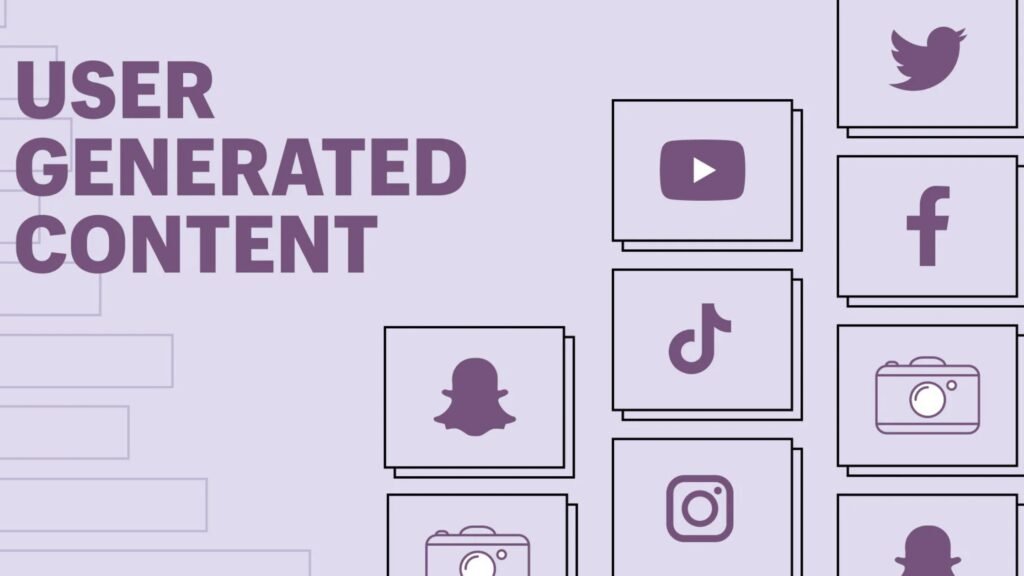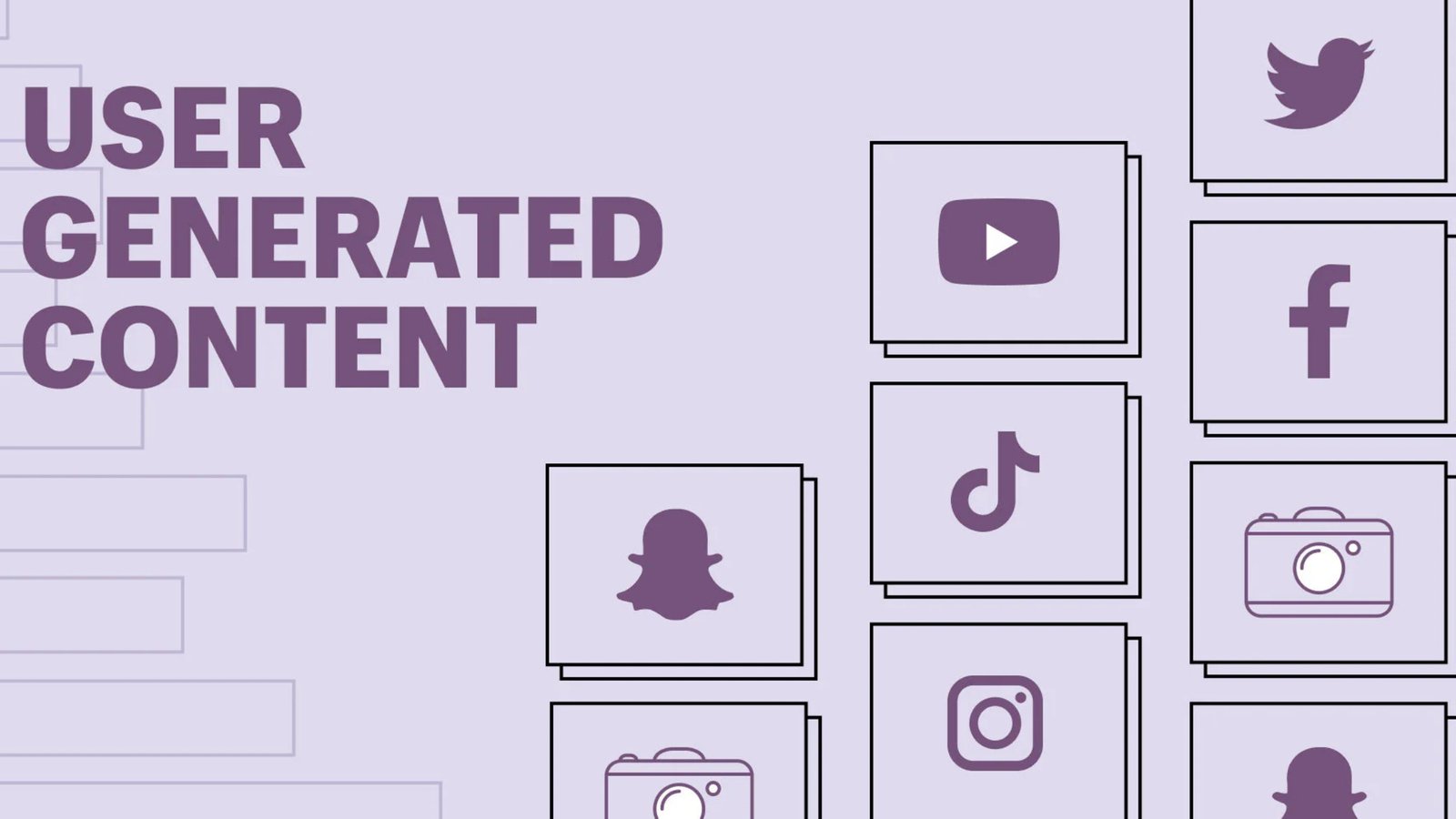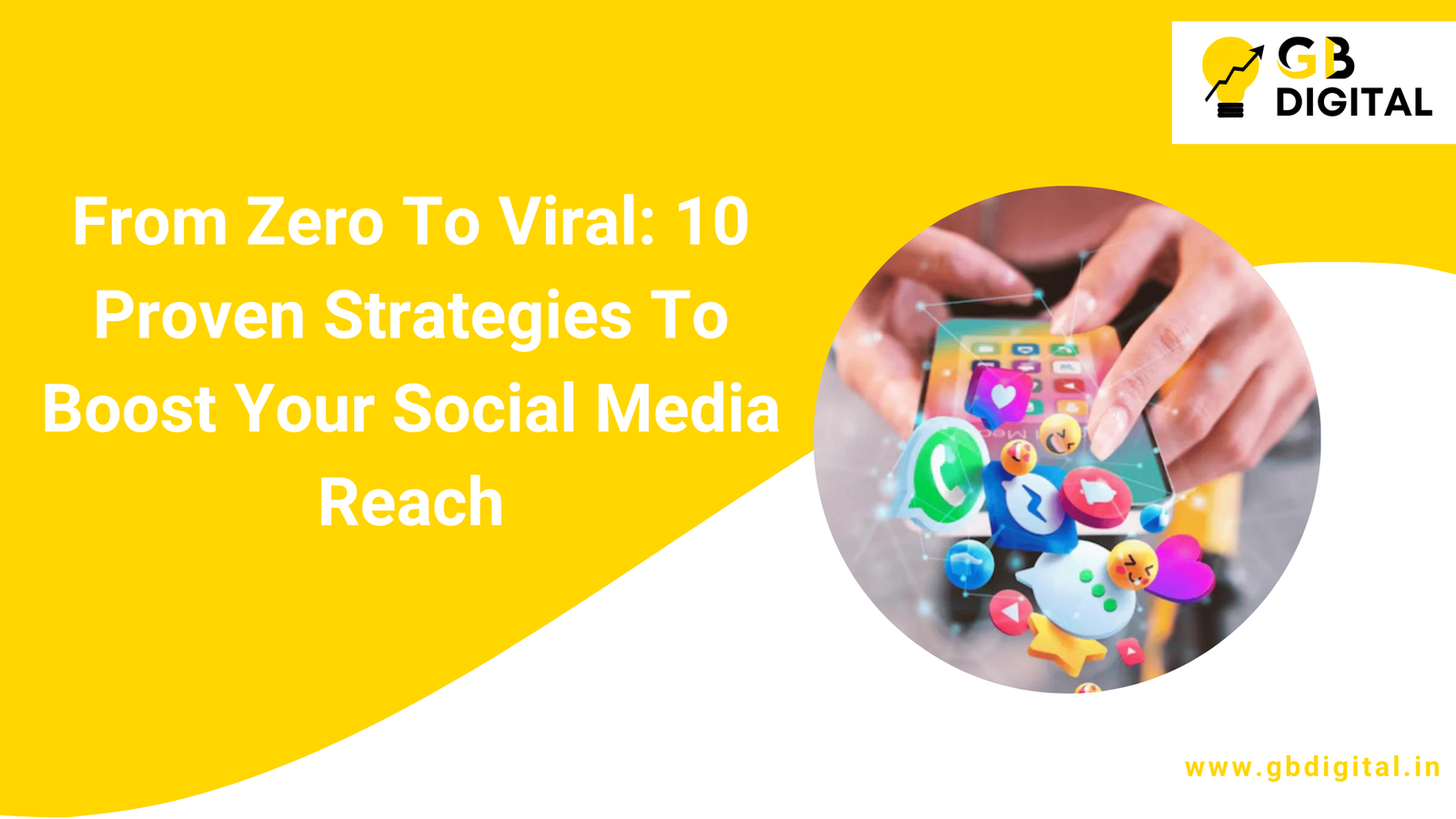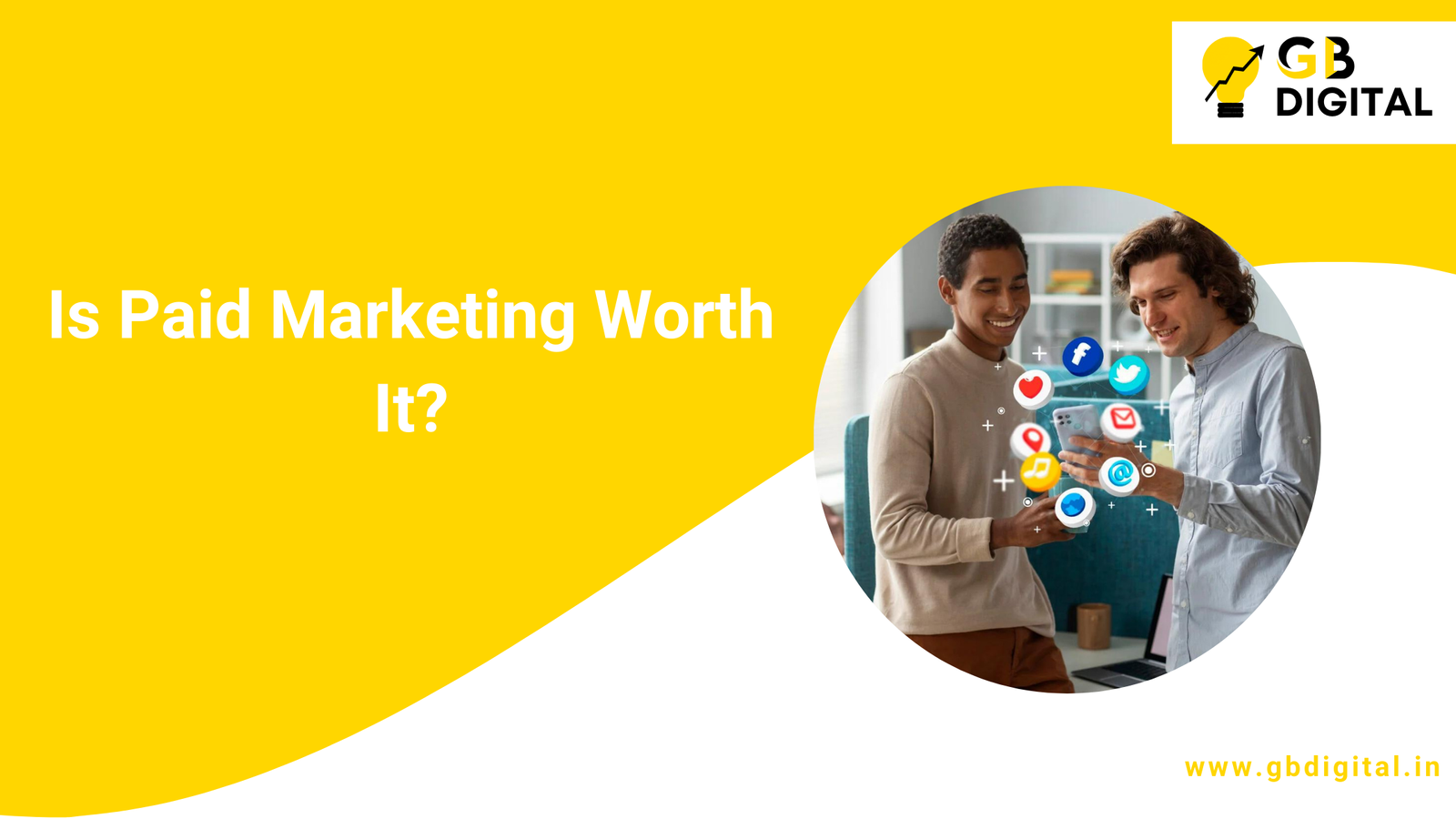In today’s digital landscape, scrolling through social media reveals a common pattern: family moments, friend gatherings, food photography, and User-Generated Content Strategy . Not familiar with that last one? You’re not alone.
For over a decade, I’ve created social media content for brands—from skincare and makeup to snacks and home products—often in exchange for complimentary items. This is user-generated content (UGC), and it’s revolutionizing how brands connect with audiences.
Still skeptical about its impact? The 2025 State of Marketing revealed that UGC ranks among the top three areas where marketers plan to increase investment this year. Let’s explore why this strategy deserves your attention and how to implement it effectively.
What Does UGC Mean?
User-generated content (UGC) refers to original content created by customers about a specific brand or product that is then leveraged for marketing purposes.
This content can take various forms—images, videos, reviews, testimonials—and appear across different platforms, though social media dominates the landscape today. Traditionally, brands didn’t pay for UGC, but with the rise of content creators and influencers and its proven effectiveness, this model is evolving.
Types of UGC in Marketing
Social Media Content

Social media is likely the most recognizable form of UGC—those aesthetic product photos on Instagram, restaurant reviews on TikTok, appliance demonstrations on YouTube, and lifestyle Reels appearing in your feed.
This content can include:
- Videos (like restaurant highlights)
- Images (product showcases)
- Comments on brand posts
- Stories and Reels featuring products
Many consumers naturally share about products they love, but brands can amplify this by encouraging specific hashtags or mentions, as Ulta Beauty does with their bio prompting users to tag them.
Increasingly, brands collaborate with creators for “sponsored” or “gifted” UGC—a strategy that blends organic enthusiasm with strategic partnerships.
Product Reviews
According to BrightLocal research, approximately 98% of consumers read reviews before purchasing. Think about your own Amazon shopping habits—most of us check those ratings before adding to cart.
Reviews appear across platforms like G2, Yelp, Trustpilot, and TripAdvisor, becoming an essential form of social proof. While many consumers leave reviews unprompted, brands often incentivize feedback from recent buyers.
One challenge with solicited reviews: there’s no guarantee they’ll be positive. Authentic campaigns encourage honest feedback, which introduces some risk but builds greater credibility.
Testimonials

Like reviews, testimonials feature real customers sharing their experiences—but with a key difference: testimonials are always recommendations.
These typically appear on a brand’s own website rather than third-party platforms and may be featured in emails or social campaigns to support sales efforts.
Benefits of UGC
Cost-Effective Content Creation
Perhaps the most direct advantage of UGC is efficiency. Today’s consumers are creating content constantly and often willingly share it for free or much less than professional production would cost.
Quality content creation requires significant resources, so leveraging customer-created assets represents tremendous value.
Expanded Brand Awareness

When real people post about your brand on their platforms or third-party sites, they introduce you to entirely new audiences. This organic exposure builds brand awareness in spaces you might not otherwise reach.
Some potential customers may ignore brand content or traditional advertising but will pay attention when a trusted friend or creator they follow shares their genuine experience.
Enhanced Consumer Trust
Beyond efficiency, UGC serves as powerful social proof—evidence from fellow consumers that validates your marketing claims.
In an era where marketing messages face skepticism, authentic endorsements from real users carry exceptional weight. When consumers vouch for your claims independently, it builds credibility no advertising budget can buy.
Why Content Moderation Matters in UGC Campaigns
Despite its benefits, UGC presents unique challenges that require careful management:
Potential for Negative Commentary
Unlike brand-created content that naturally highlights strengths, UGC might include criticism or highlight product shortcomings. This unfiltered quality is partly what makes it credible, but it also introduces risk.
Even when you believe in your product, not every customer experience will be perfect, and UGC creators feel free to share these candid perspectives.
Risk of Misinformation

No one understands your offerings better than your internal team. When external creators produce content, they may inadvertently share inaccurate details about features, capabilities, or policies.
These misrepresentations typically aren’t malicious but stem from incomplete understanding, yet they can mislead your audience if not addressed.
Authenticity Concerns
While organic UGC carries inherent credibility, sponsored content raises questions. When your brand establishes guidelines or compensates creators, the resulting content may appear less trustworthy.
Modern consumers increasingly recognize sponsored relationships, potentially diminishing the impact of your UGC strategy if not handled transparently.
Building Your UGC Strategy: 8 Proven Approaches
1. Create a Branded Hashtag
Developing and promoting a unique hashtag remains one of the most effective ways to gather UGC. This approach:
- Creates a central collection point for content
- Makes discovery easy for both your team and potential customers
- Fosters community among your audience
REI’s #OptOutside campaign exemplifies this strategy, highlighting user content across their website and social channels.
2. Offer Meaningful Incentives
While some users create content spontaneously, incentives dramatically increase participation. Consider:
- Discounts on future purchases
- Complimentary products
- The opportunity to be featured on your channels
Give your audience compelling reasons beyond goodwill to share their experiences.
3. Launch Contests and Giveaways
Rather than small ongoing incentives, consider high-value prizes through contests or giveaways requiring UGC submission.
National Geographic’s #WanderlustContest invited photographers to submit original work for a chance to win a Photo Expedition to Yosemite National Park—generating extraordinary content while building engagement.
4. Automate Your Requests
Leverage technology to systematically encourage UGC:
- Post-purchase emails requesting content
- Order confirmation messages highlighting your hashtag
- Packing slips with clear calls-to-action
- Automated social responses through tools like ManyChat
These consistent touchpoints normalize content creation as part of the customer journey.
5. Activate Employee Advocacy
Your team members represent powerful brand advocates whose content often drives recruiting and company culture perception.
“Zappi employees are our brand’s biggest champions,” notes Roshni Patel, Director of Social Media at Zappi. “We’re launching an advocacy tool to make sharing content easy and fun—complete with ready-to-use visuals, contests to drive engagement, and celebrating wins.”
6. Partner with Relevant Influencers
Research indicates 69% of consumers trust information from influencers as much as recommendations from friends and family—significantly more than they trust brands directly.
When selecting partners:
- Prioritize relevance over reach
- Seek authentic alignment with your values
- Consider niche experts over generalists
The State of Marketing 2025 reveals smaller influencers often deliver greater trust, access to tight communities, and better value. Nearly 45% of marketers report the most success with micro-influencers, while mega-influencers (1M+ followers) ranked last in effectiveness.
7. Explore Platforms Beyond Social Media
Not all customers feel comfortable creating social content. Diversify your approach by:
- Soliciting website testimonials
- Encouraging reviews on third-party platforms
- Creating email or text submission options
Social content may be most visible, but alternative formats reach different customer segments.
8. Create Share-Worthy Experiences
The most effective UGC strategy? Deliver experiences so distinctive customers can’t help but share them:
- Restaurant presentations that resemble art
- Personalized content like Spotify Wrapped
- Packaging that surprises and delights
- Customer service that exceeds expectations
When you create memorable moments, UGC follows naturally without prompting.
Successful User-Generated Content Strategy Campaigns in Action
Liquid Death: #MurderYourThirst
This canned water brand has built a cult following not through product innovation (it’s still just water) but through distinctive branding that customers eagerly share.
Liquid Death encourages fans to use #MurderYourThirst and #DeathToPlastic (highlighting their recyclable aluminum packaging) on Instagram, regularly featuring community content on their official channels.
This approach is straightforward but remarkably effective at building brand identity.
Dunkin’: Charli D’Amelio Collaboration
In 2021, Dunkin’ Donuts capitalized on TikTok star Charli D’Amelio’s organic love for their iced coffee by creating an official collaboration.
The partnership launched a signature drink named after D’Amelio that her 143 million followers rushed to try, generating:
- 57% increase in app downloads
- Thousands of derivative UGC posts using #charlidunkinremix
- Substantial youth demographic engagement
This strategy brilliantly amplified existing organic content through formal partnership.
Express: Strategic Product Reviews
Express excels at generating and showcasing product reviews on their retail website, featuring:
- Numerical ratings
- Customer photos
- Detailed feedback on fit, quality, and comfort
The retailer solicits these reviews through post-purchase emails and incentivizes participation through their “Insider” loyalty program, offering reward points and cash incentives.
Read Also : Startup Marketing Strategy: 18 Ideas and Tactics That Actually Work
Why Your Sportswear Brand Needs an Optimized Website for Better Sales
Transform Your Audience into Advocates
User-generated content represents more than a passing trend—it’s a fundamental shift in how brands connect with audiences. By empowering real customers to become authentic advocates, UGC builds trust, expands awareness, and drives engagement at a fraction of traditional marketing costs.
As we move further into 2025 and beyond, one principle remains clear: the most influential voices in your brand narrative aren’t necessarily your own—they belong to your customers. The brands that recognize and harness this power will find themselves with not just consumers but passionate community members invested in their success.
FAQ’s
Q1.What is user-generated content (UGC) in marketing?
User-generated content refers to any content—including images, videos, reviews, or testimonials—created by customers about a brand or product that companies can leverage for marketing purposes.
Q2.Why is UGC more effective than traditional advertising?
UGC builds greater consumer trust because it represents authentic experiences from real users rather than polished brand messaging, with studies showing 69% of consumers trust information from content creators over brands.
Q3.How can small businesses encourage customers to create UGC?
Small businesses can encourage UGC by creating branded hashtags, offering incentives, running contests, automating content requests after purchases, and creating truly share-worthy experiences or products.
Q4.Which platforms work best for user-generated content campaigns?
While social media platforms (particularly Instagram, TikTok, and YouTube) are most common for UGC, brands should also consider product review sites, testimonial sections on websites, and email campaigns to gather diverse content types.
Q5.How should brands handle negative UGC about their products?
Brands should acknowledge negative UGC transparently, respond constructively, use the feedback for improvement, and balance it with positive content—attempting to hide criticism often backfires and damages credibility.








